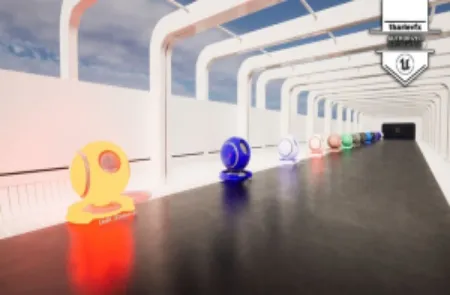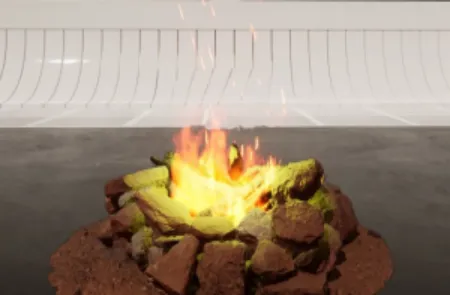Your complete course for learning Materials in Unreal Engine 5
What you’ll learn
- Have a holistic understanding of the Material Editor in Unreal 5
- Learn best practices and workflows for using Functions and producing optimal Materials
- Learn about the basics of different Spaces and Vector Maths
- Explore how to use Maths to Animated inside Unreal 5 using World Position Offset
Requirements
- Some basic understanding of 3D Modelling and the Unreal Engine
Description
Following up from Unreal 5 Materials Part 1 – Environments we take a 7 hour deep dive into World Position Offset in Materials in Unreal Engine 5 – in this course we cover the basics of what World Position Offset is and how it works technically as well as covering many examples to add life to your scenes and create realistic foliage animations.
- Part 1 covers the background to World Position Offset, including a technical breakdown of how it works and how we can use World, Local and custom Vectors to control our Animations
- Part 2 is a series of simple examples – from hanging chains to basic cloth, that reinforces the theory from Part 1, while also introducing a few key workflows.
- Part 3 we take a look at foliage shaders – how we can use a Global Wind parameters to control multiple materials at once, and how each Foliage type requires different World Position Offset settings.
- Part 4 we cover some more advanced uses of World Position Offset and take a look at Rederiving Normals to ensure the shading of our models is correct when using World Position Offset.
- Part 5 takes a look at some World Position Offset uses that affect the overall world, rather than individual objects – creating curved worlds easily using shaders.
WPO is a great technical subject that can help you to learn about Vector Maths and how to use Blueprints and Vertex Colours to control our models and materials.
Who this course is for:
- Anyone who wants to learn how to make Materials in Unreal 5
Click the button below to download.
Primary Download:
Part1:
Part2:
Part3:
Backup Download:
Part1:
Part2:
Part3:





